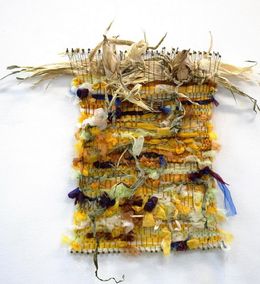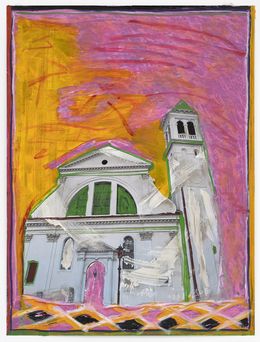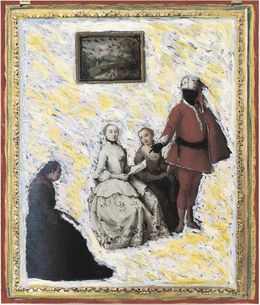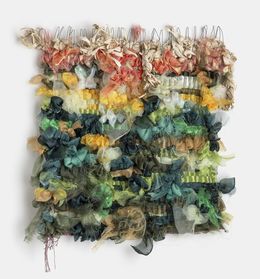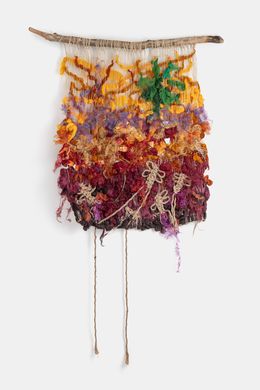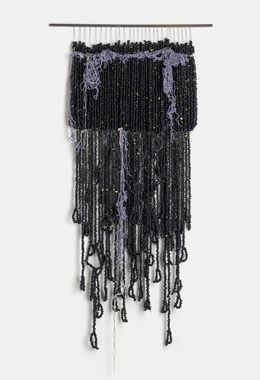In the framework of the Venice Architecture Biennale, 193 Gallery is pleased to present Bricks and Grids, a duo exhibition showcasing new works by Zoila Andrea Coc-Chang and Modou Dieng Yacine, curated by Miriam Bettin.
The architectural elements of bricks and grids can be interpreted both stylistically and metaphorically as structures or patterns. Bricks can evoke playfulness, as seen in popular children’s toys, and they appear in various arrangements within walls “in which they overlap so as to provide strength”. Laid in rows and stacked atop one another, bricks embody the grid through their modular, repetitive patterns. Brick walls have “two essential functions: providing structures and dividing space”. As vertical surfaces, they build shelter, offer protection, organize (societal) movement, and create a sense of home, while simultaneously manifesting structures of control, institutional authority, and
territorial boundaries.
While Modou Dieng Yacine examines traces of Black history in Venice through his photographic-based paintings of social and architectural environments, Zoila Andrea Coc-Chang deconstructs economic systems of power through her sculptural weavings made from dried fruits, food waste, and synthetic materials. Despite the distinct medial approaches of the two artistic works, both reveal underlying structural and repetitive elements: the checkered floor tiles from Modou’s studio in Chicago and the gallery space in Venice, Zoila’s interwoven patterns of dried chili peppers, fruit peels, and organza threads, and food wrappers tracing the interconnections of Asia and the Americas through migration and transpacific food trade.
Zoila Andrea Coc-Chang’s site-specific work Nuestra ceiba (2022 – 2025), a hanging curtain made of dried chili peppers, black beans, avocado pits, jade, and glass beads divides—or rather structures—the reception hall of the former pharmacy building in Dorsoduro, Venice. Notably, according to Gottfried Semper, German architect and art critic, “the archtetype of the wall is an artful, woven partition”, a “hanging fabric of the tent or temporary pavilion”.
“The solid walls—of mud, stone, wood, brick—that came to supplement these temporary barriers arrived only later, Semper argued, to make permanent the achievement of the temporary wall, which was to define community via a symbolic membrane”. Semper concludes that the “woven ‘wall’ is an enabler of civilization; the thick structural wall merely a defender of it…”
Read more

